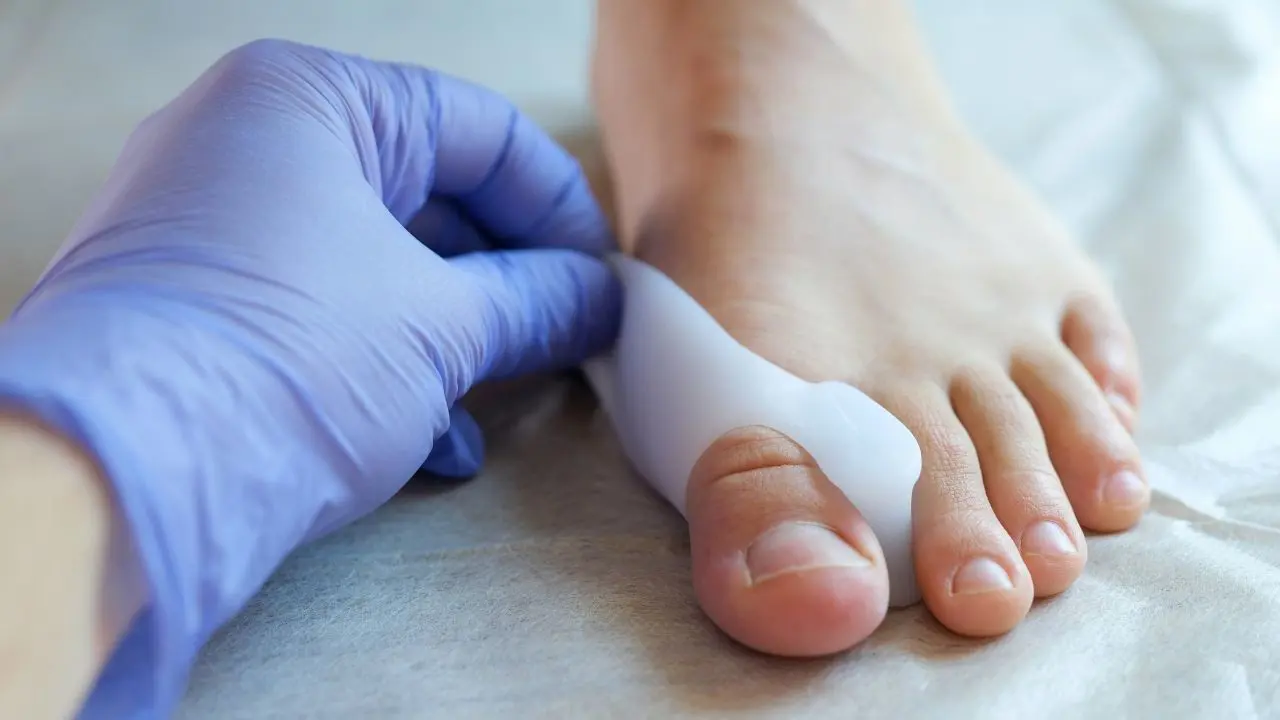
Hallux valgus surgery, also known as bunion surgery, is a surgical procedure performed to correct a deformity of the big toe joint known as hallux valgus. Hallux valgus is characterized by a deviation of the big toe towards the second toe, often resulting in a bony prominence on the side of the foot (bunion), pain, swelling, and difficulty wearing certain footwear. While many cases of hallux valgus can be managed with conservative treatments such as wearing wider shoes, padding, orthotics, and splinting, surgery may be recommended for severe or symptomatic cases that do not respond to nonsurgical interventions. Here is an overview of hallux valgus surgery:
Preoperative Evaluation: Before surgery, the patient undergoes a thorough medical evaluation, including physical examinations, imaging tests (such as X-rays), and possibly blood tests to assess overall health and determine the severity of the deformity.
Surgical Procedure: Hallux valgus surgery aims to realign the bones of the big toe joint and correct the bunion deformity. There are several surgical techniques available, and the choice of procedure depends on the severity of the deformity, patient's age, activity level, and other factors. Common surgical procedures include:
- Osteotomy: This involves cutting and repositioning the bones of the big toe joint to correct the alignment. There are different types of osteotomies, including chevron, scarf, and Lapidus procedures, which may be performed alone or in combination.
- Exostectomy: In cases where the bunion is primarily caused by a bony prominence, the surgeon may remove the excess bone to alleviate pain and pressure on the joint.
- Arthrodesis (Fusion): In severe cases of hallux valgus or when arthritis is present in the big toe joint, fusion of the joint may be necessary to stabilize the joint and relieve pain.
- Soft Tissue Repair: In addition to bone procedures, the surgeon may repair or tighten the soft tissues surrounding the big toe joint to help maintain proper alignment and stability.
Recovery and Rehabilitation: After surgery, the patient is typically allowed to walk with the help of crutches or a walker and may be fitted with a surgical shoe or boot to protect the foot. Physical therapy and rehabilitation exercises may be prescribed to restore strength, flexibility, and function of the foot and ankle.
Postoperative Care: Following hallux valgus surgery, patients are advised to follow specific postoperative instructions provided by their healthcare team. This may include keeping the foot elevated, icing the surgical site, taking pain medication as prescribed, and avoiding weight-bearing activities for a period of time to allow the foot to heal properly.
Long-term Follow-up: Regular follow-up appointments with the surgeon are scheduled to monitor the healing process, assess the alignment of the big toe joint, and address any concerns or complications that may arise. With proper care and rehabilitation, most patients experience significant improvement in pain and function following hallux valgus surgery.
Hallux valgus surgery is considered a safe and effective treatment for correcting the deformity and relieving symptoms associated with bunions. However, as with any surgical procedure, there are risks and potential complications, including infection, nerve damage, stiffness, recurrence of the deformity, and prolonged recovery. It's essential for patients to discuss the benefits, risks, and expectations of hallux valgus surgery with their healthcare provider to make informed decisions about their treatment options.
